Flatfoot, also known as fallen arches, is a common foot condition characterized by the lowering or complete collapse of the arch of the foot. This can result in foot pain, walking discomfort, and biomechanical issues affecting other parts of the body. Traditional methods for detecting flatfoot, such as footprint analysis, visual inspection, and imaging techniques, have proven useful but often fall short in terms of accuracy, efficiency, and objectivity. With advancements in medical technology, foot 3D scanners have emerged as an advanced diagnostic tool. Their high precision and intuitive visualization offer a more scientific and effective solution for flatfoot detection.
Working Principle of Foot 3D Scanners
A foot 3D scanner is a digital technology-based device that uses optical imaging, laser scanning, or structured light measurement to quickly capture the three-dimensional morphology of the foot surface and generate high-resolution digital models. Unlike traditional 2D footprint analysis or X-ray imaging, 3D scanning records not only the planar information of the foot but also detailed anatomical features such as arch height, shape, and volume. This comprehensive data provides a more accurate basis for diagnosing flatfoot.
Advantages of Foot 3D Scanners in Flatfoot Detection
High-Precision Measurements
Foot 3D scanners can capture minute differences in foot morphology with millimeter-level or higher precision. Key parameters such as arch height, apex position, and plantar surface area are critical for evaluating flatfoot. The precise data collection enabled by 3D scanning ensures scientific and reliable measurement results.
Objectivity and Repeatability
Traditional methods like visual inspection or footprint analysis are prone to subjective interpretation, leading to potential errors. Foot 3D scanners utilize standardized digital technology to record foot data, eliminating subjective biases. Additionally, the results are highly repeatable, providing reliable support for dynamic monitoring of flatfoot and evaluating treatment outcomes.
Visual Data Representation
The 3D digital models generated by the scanner offer an intuitive, multi-angle view of the foot structure, especially the arch area. This visual representation facilitates analysis for healthcare providers and helps patients better understand their foot conditions, increasing their engagement and compliance with treatment.
Non-Invasive and Highly Adaptable
The scanning process is completely non-invasive and does not require radiation or invasive devices, making it suitable for patients of all ages, including children, adolescents, and the elderly. The scan is typically completed within seconds, ensuring efficiency while minimizing patient discomfort. This feature is particularly advantageous for large-scale screening and routine diagnostic applications.
Practical Applications of Foot 3D Scanners in Flatfoot Detection
Screening and Diagnosis
Foot 3D scanners can quickly and efficiently screen patients for flatfoot. By analyzing key indicators such as arch height and plantar morphology, combined with patient symptoms and medical history, clinicians can make accurate diagnostic decisions.
Classification and Grading
For different types of flatfoot, such as flexible and rigid flatfoot, 3D scanners can distinguish between them using detailed data. Additionally, the severity of flatfoot can be graded based on measurements, aiding in the development of targeted treatment strategies.
Treatment Outcome Evaluation
During treatment, regular use of foot 3D scanners allows for dynamic tracking of changes in arch morphology. This quantitative data supports the evaluation of treatment effectiveness. For instance, follow-up scans after using custom orthotics or physical therapy enable clinicians to assess the success of the intervention and make necessary adjustments.
Support for Personalized Interventions
Foot 3D scanners provide scientific data for personalized treatments. For example, custom-designed orthotics based on scan results can precisely support the arch, alleviate discomfort, and correct abnormal gait patterns.
Future Prospects and Development
With the continuous advancement of digital healthcare technologies, the future applications of foot 3D scanners in flatfoot detection are promising. The integration of artificial intelligence and big data analytics has the potential to further enhance diagnostic capabilities. Additionally, the technology’s applications in sports science, footwear design, and rehabilitation medicine are expected to expand, contributing to comprehensive foot health management.
The introduction of foot 3D scanners addresses the limitations of traditional flatfoot detection methods. By offering high-precision measurements, objective diagnostics, and visual data representation, this technology provides more effective diagnostic and therapeutic support for both clinicians and patients. When applied appropriately, foot 3D scanners not only improve the accuracy of flatfoot diagnosis but also have a profound impact on foot health management and quality of life improvement.

 +86-0755-86131192
+86-0755-86131192 2025-01-20
2025-01-20 Back to list
Back to list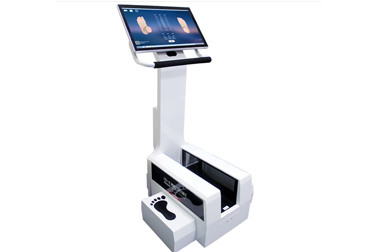
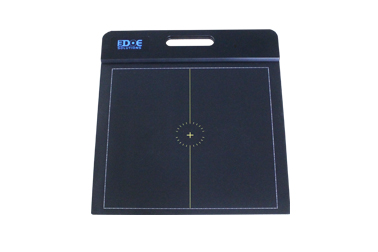
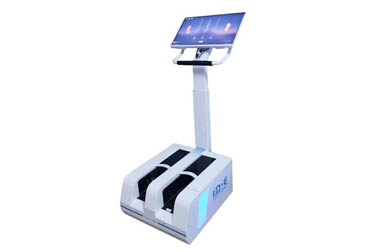
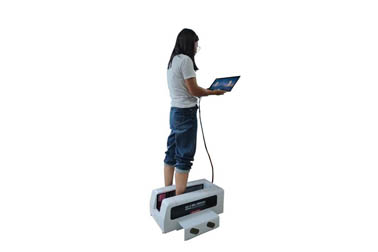
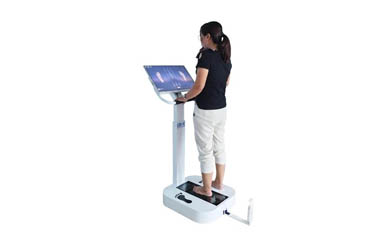
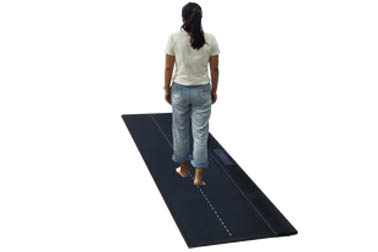



 +86-0755-86131192
+86-0755-86131192